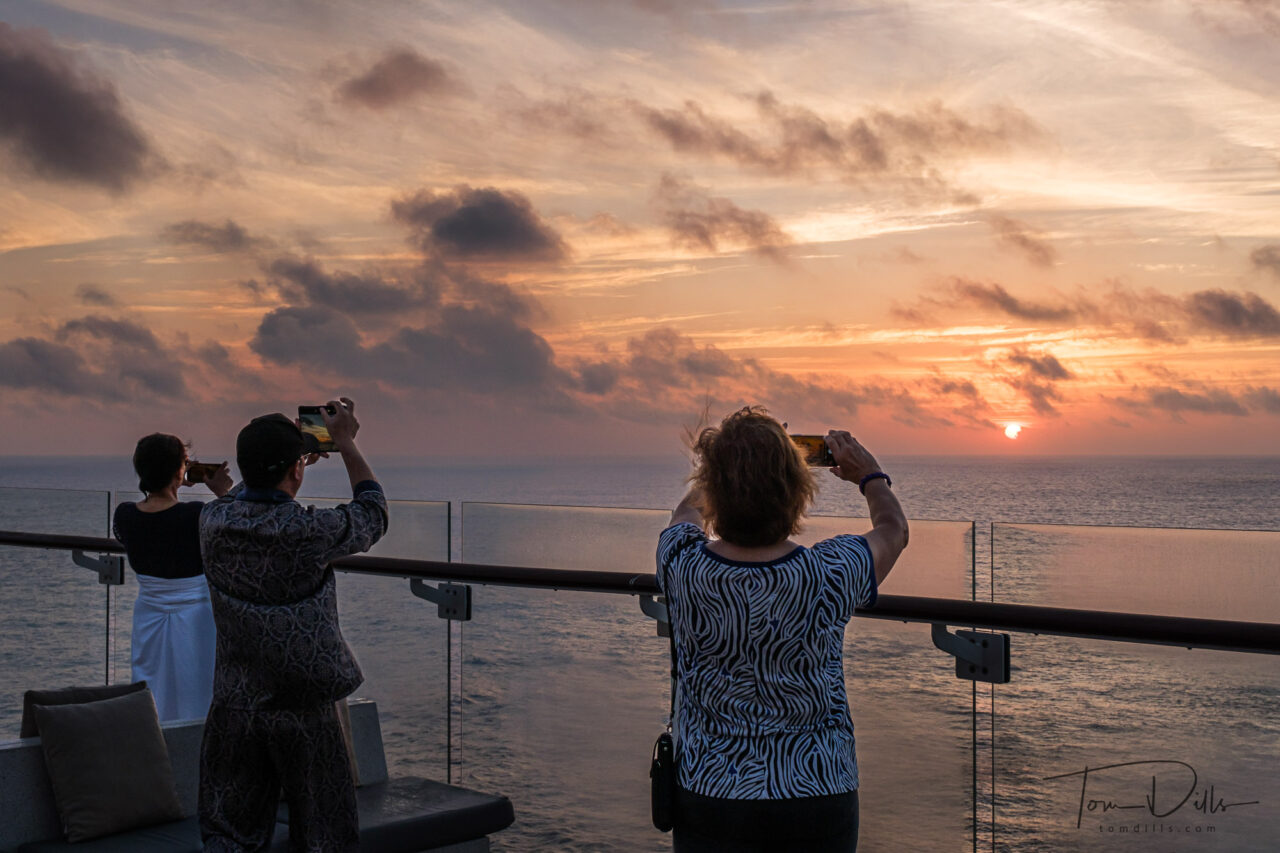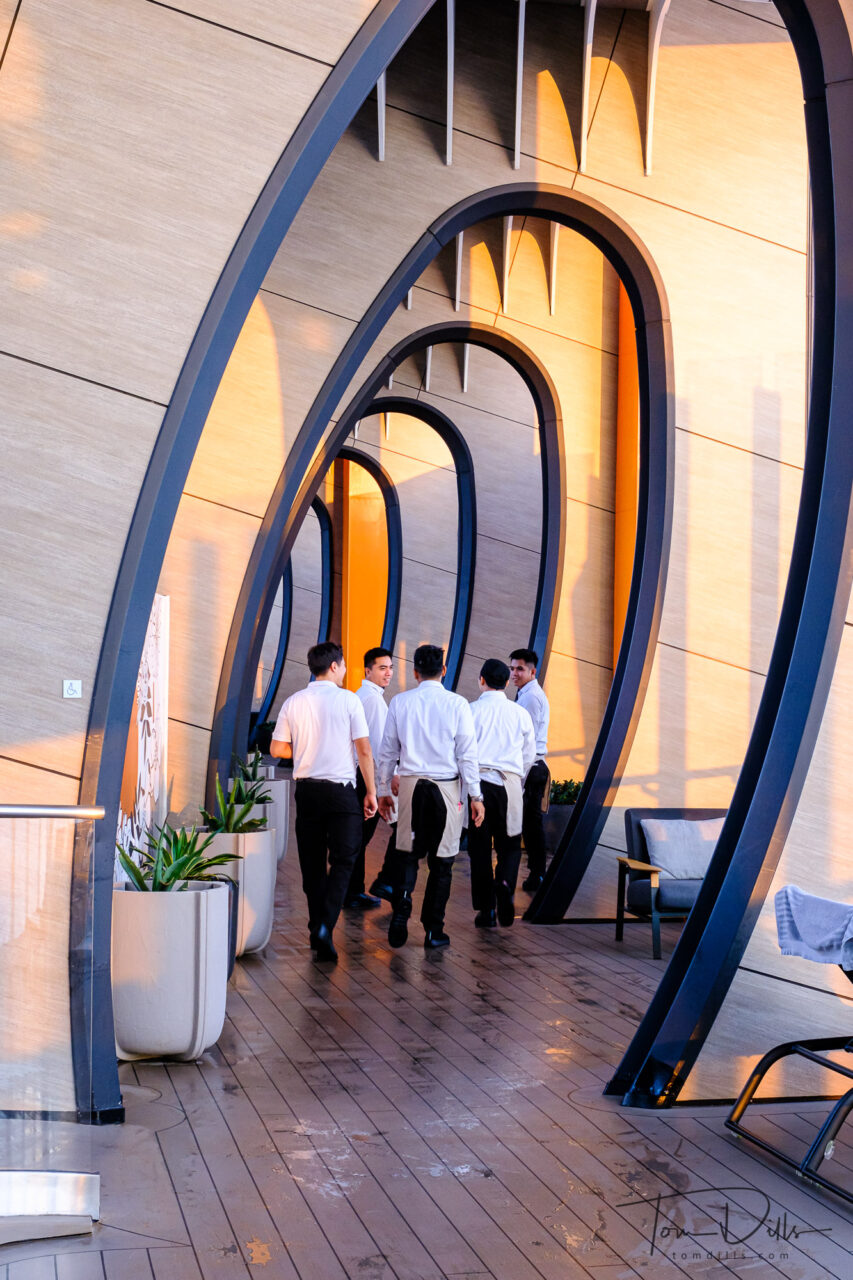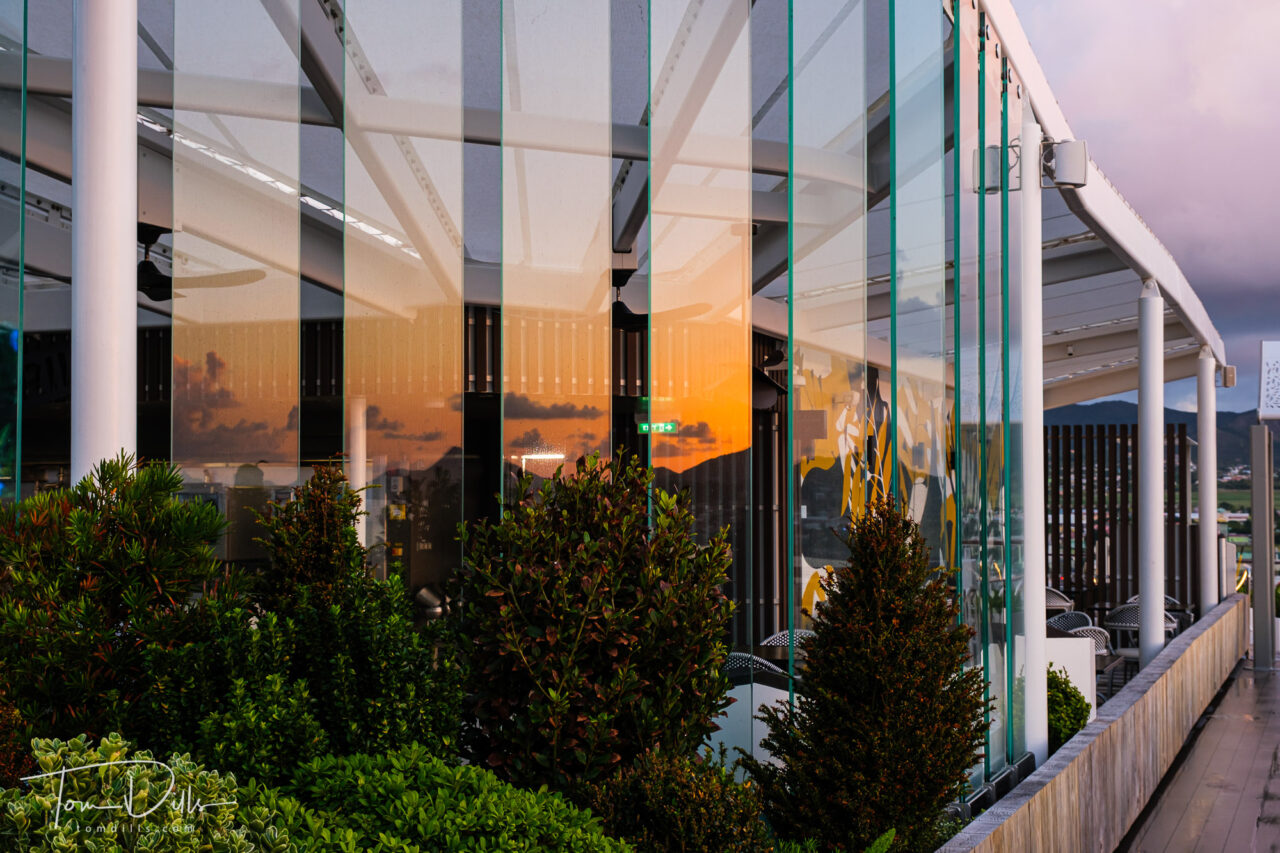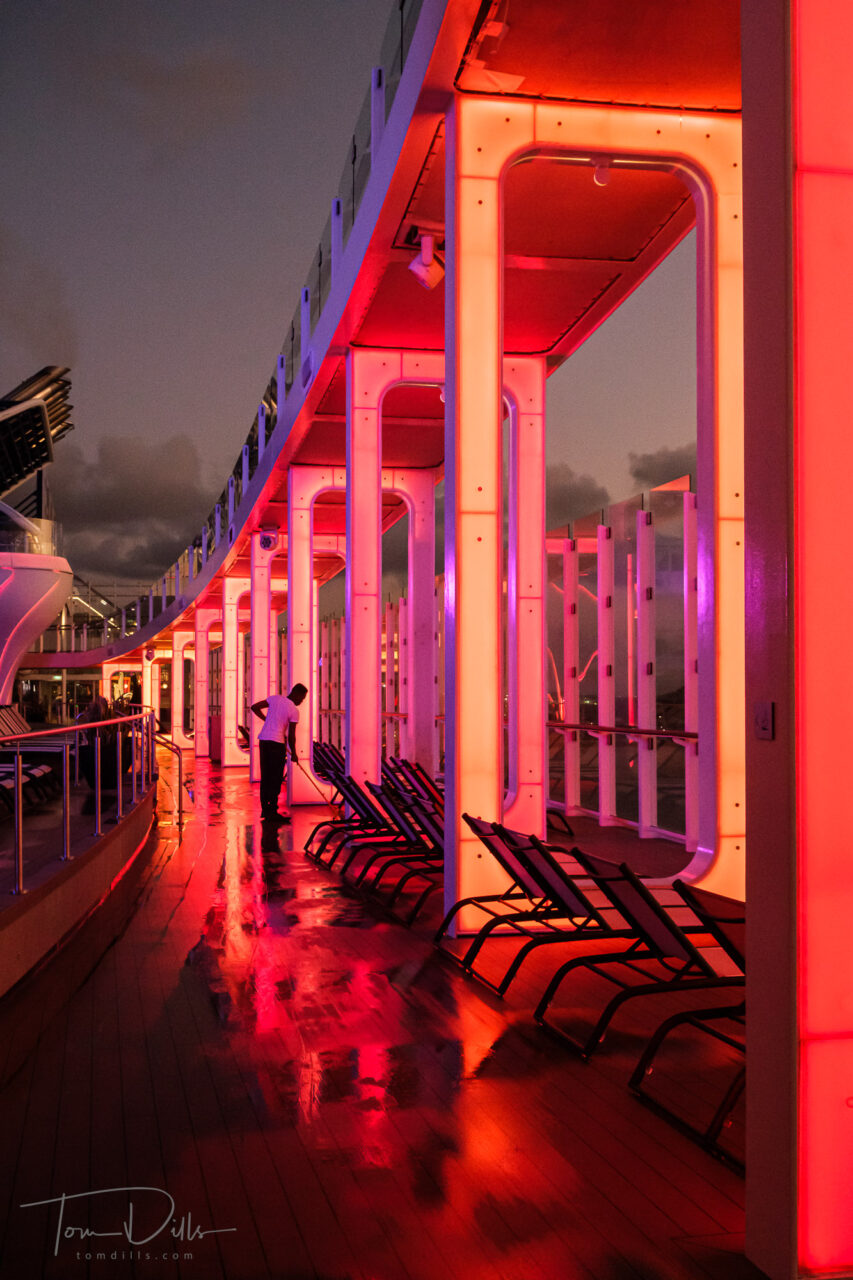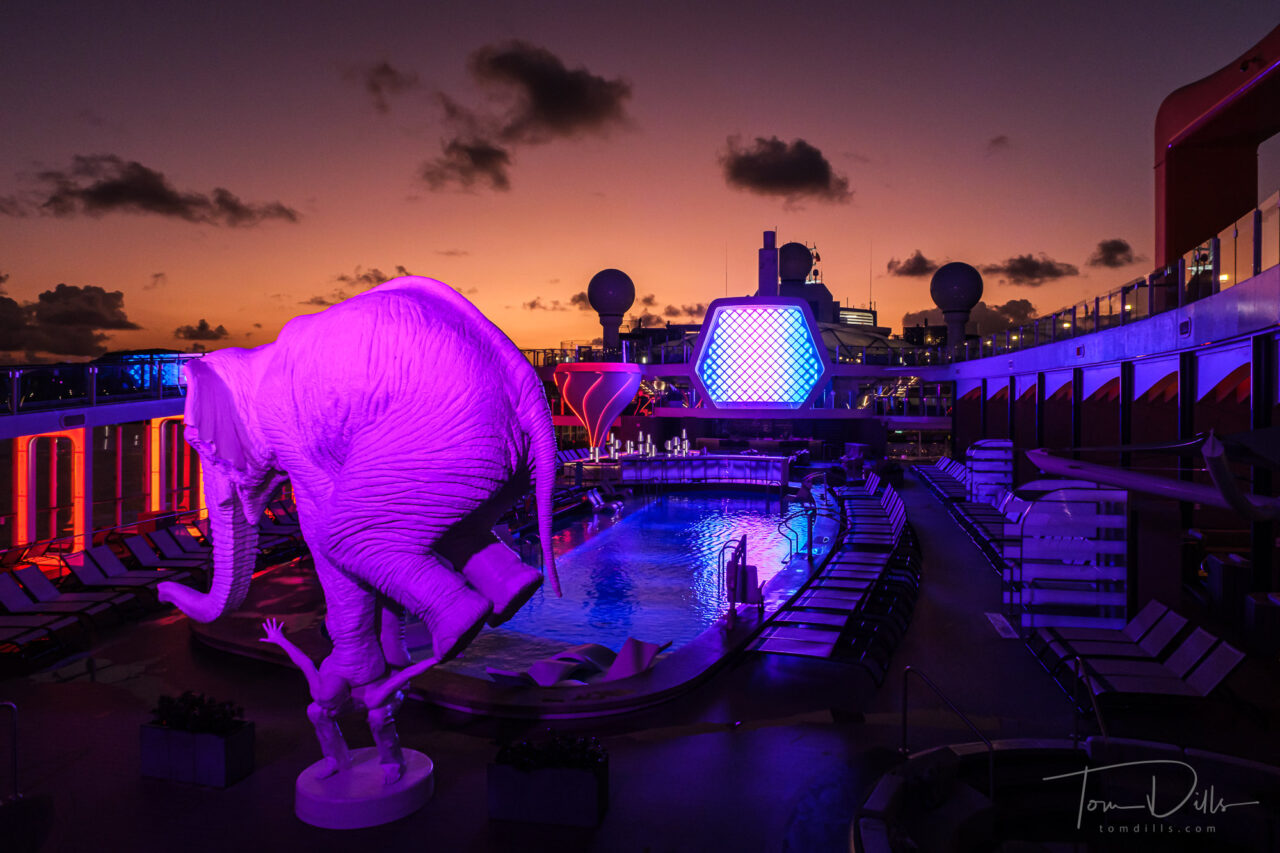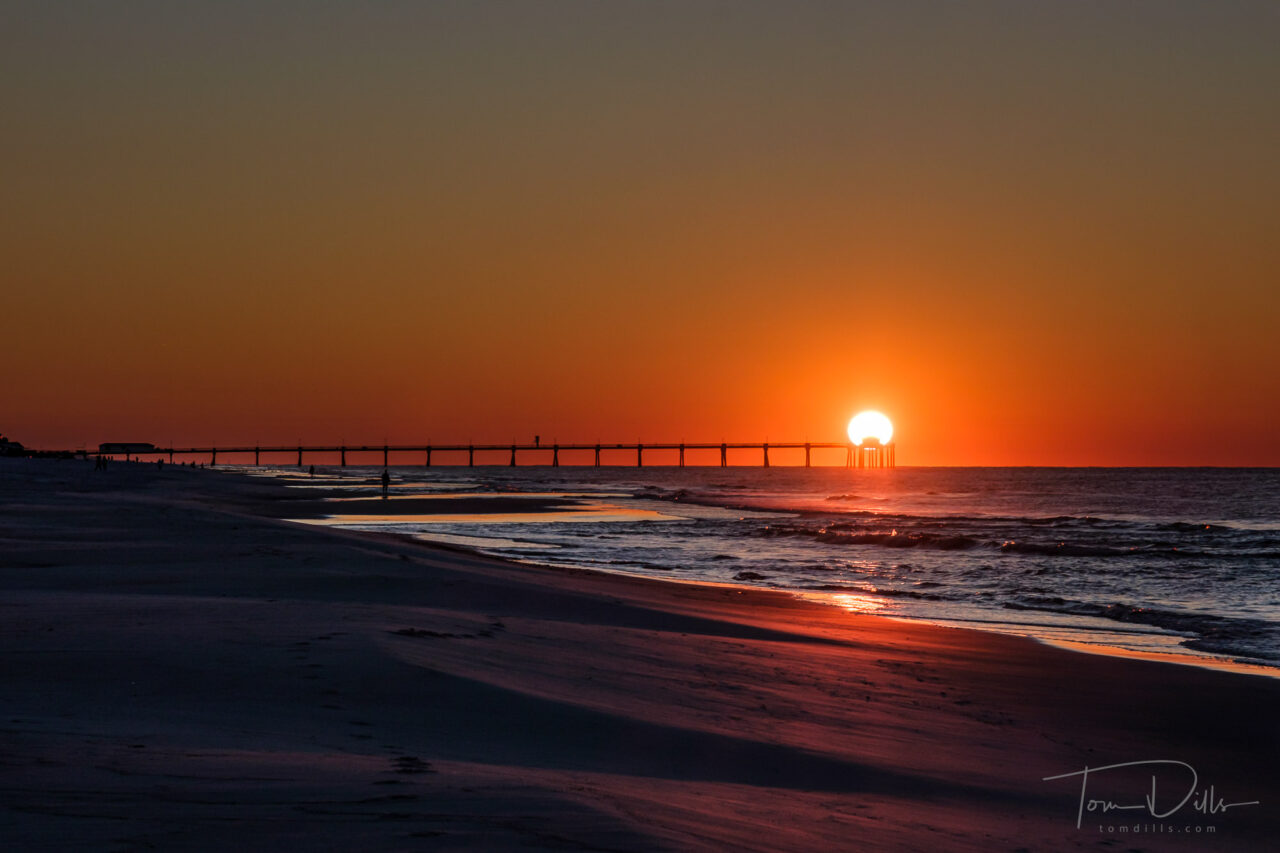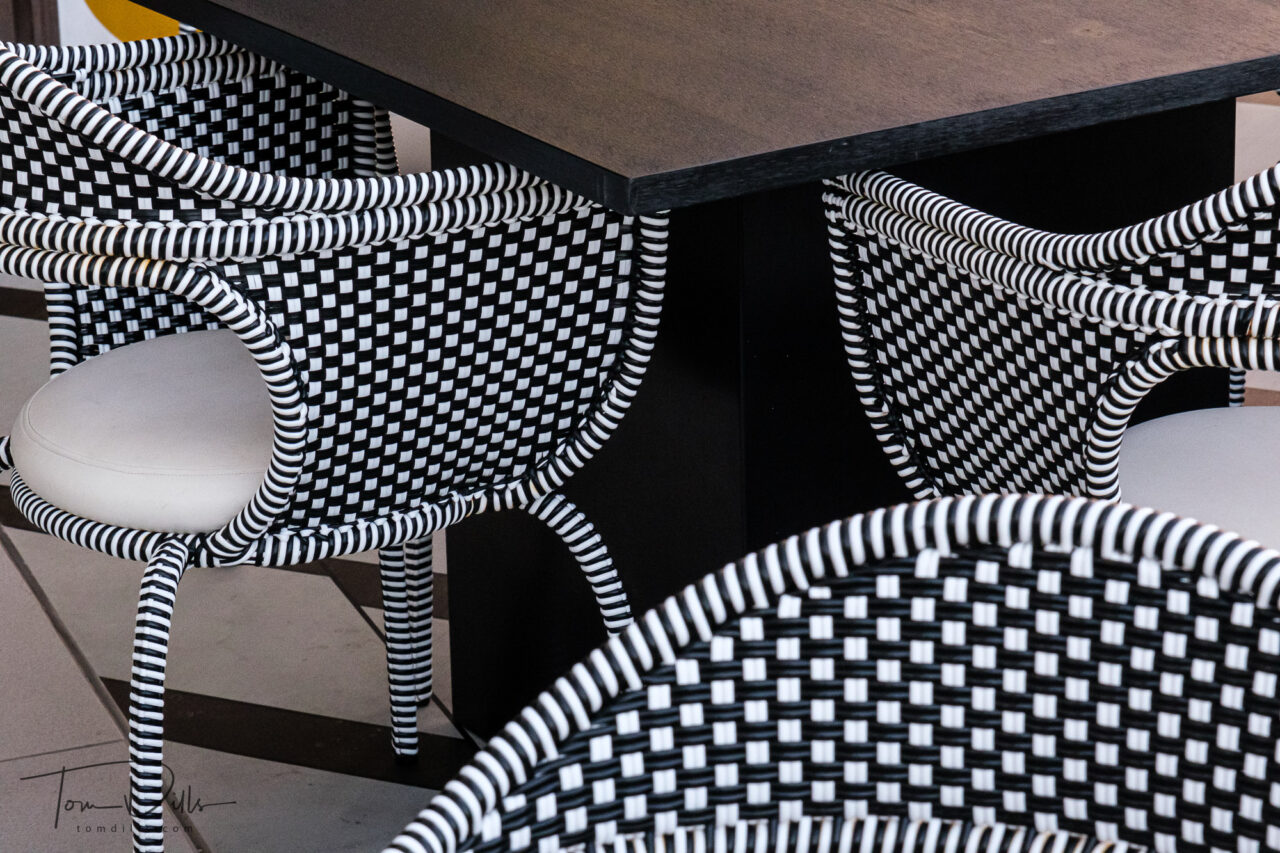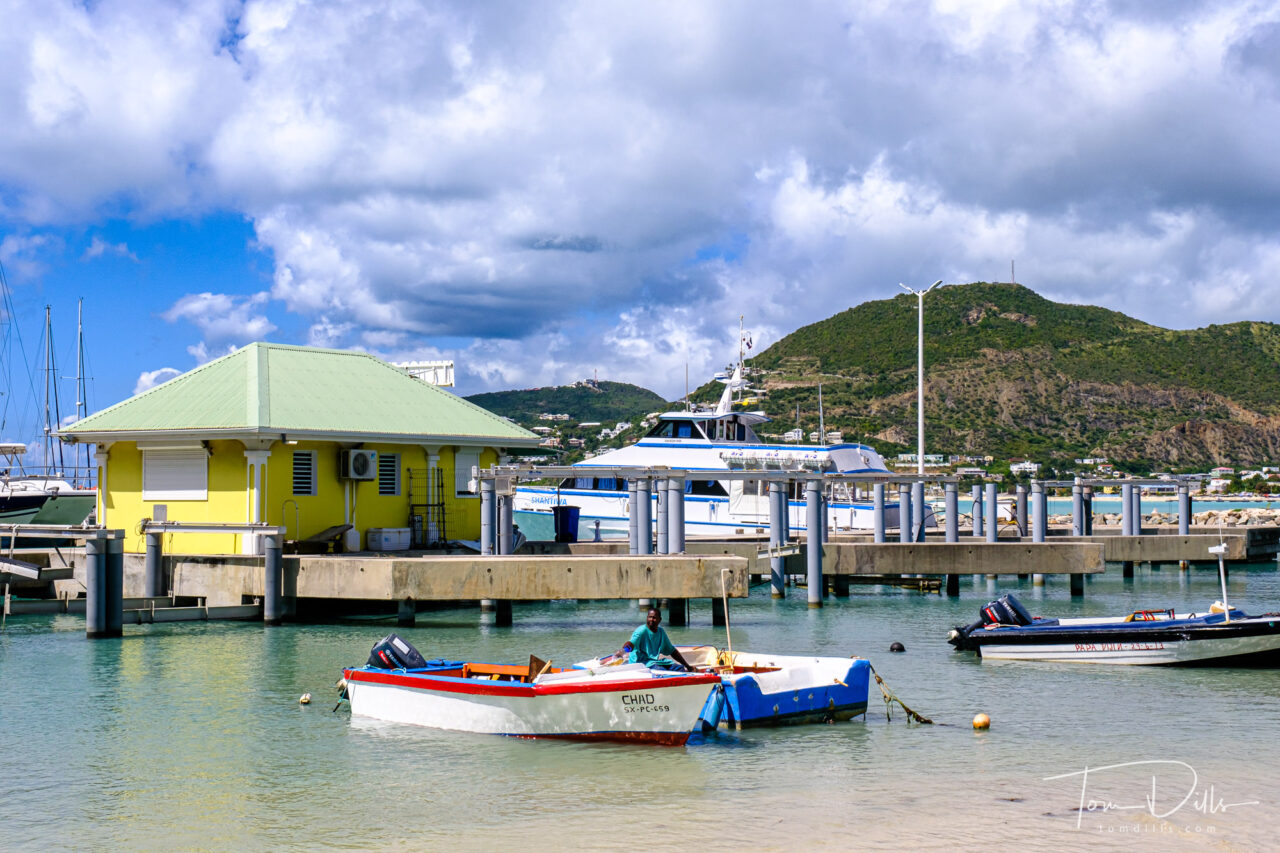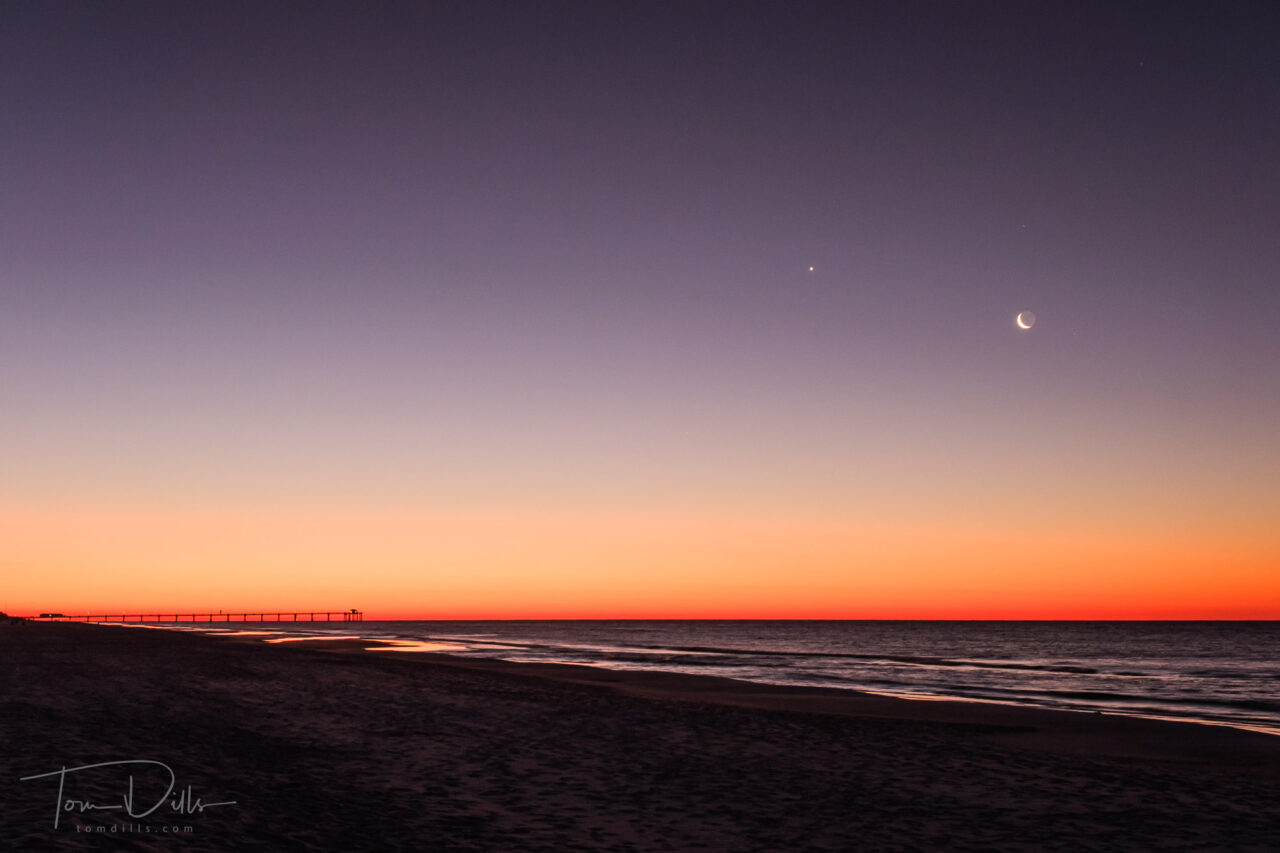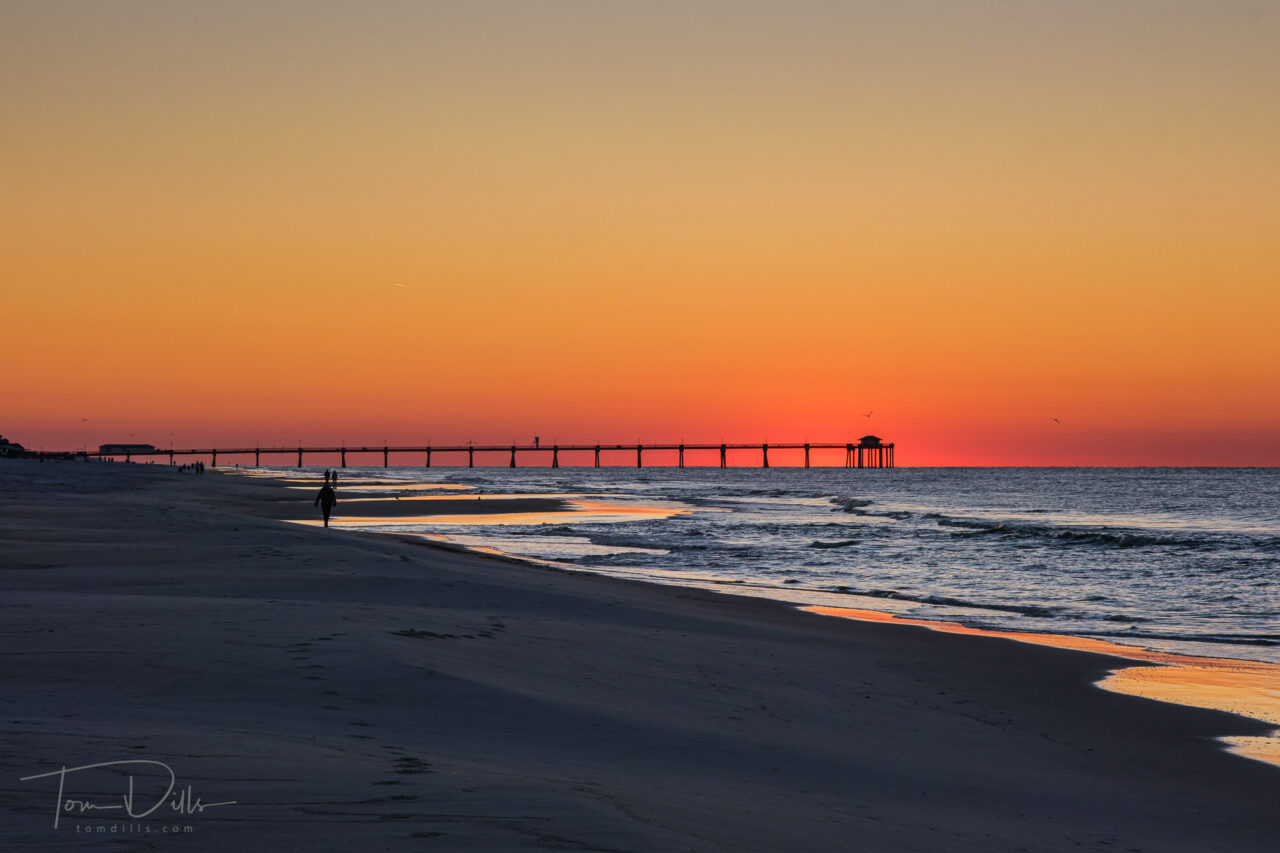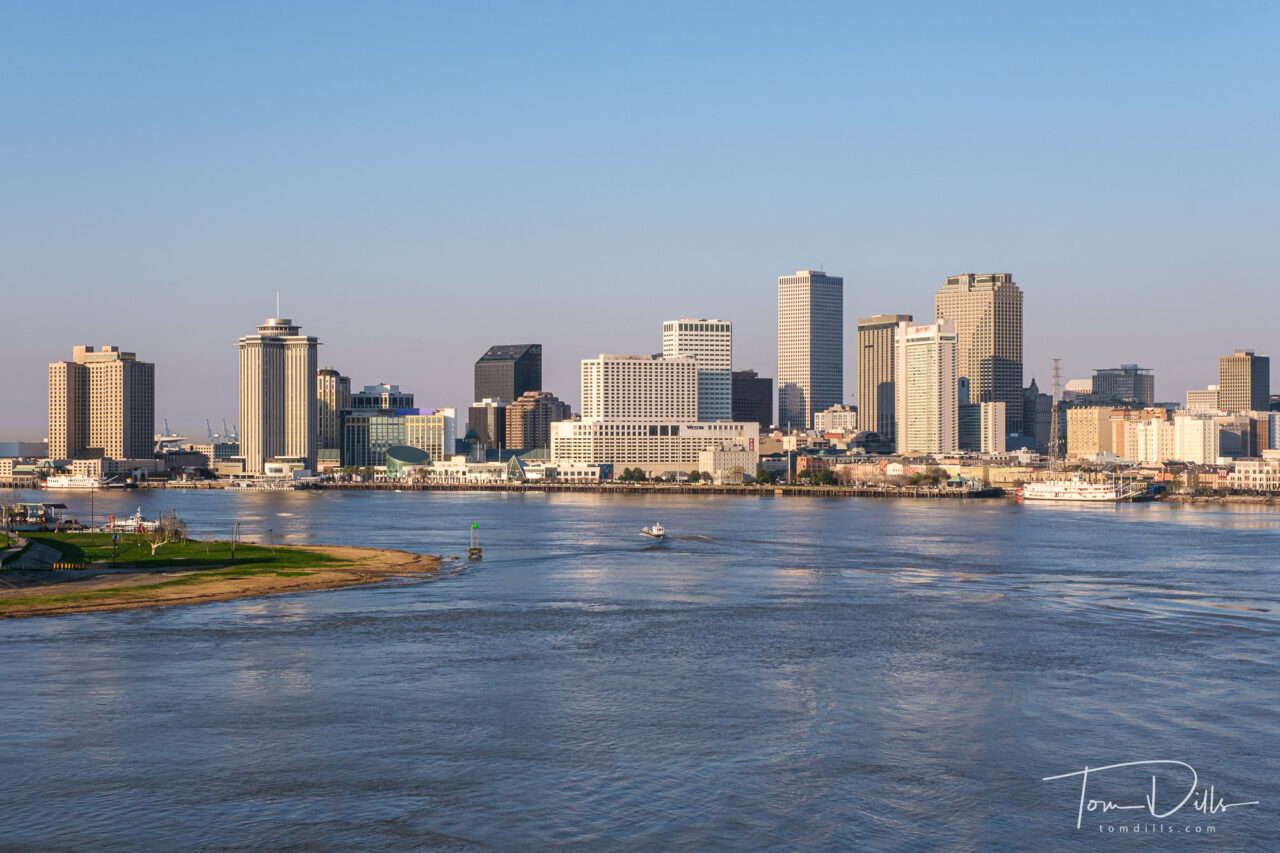
The first stop on our current cruise was the exotic Caribbean (not!) port of New Orleans. It was our first time there, and we did a bus tour, saw a concert at Preservation Hall and did LOTS of walking. It was interesting to visit, although as the day went on and the crowds got drunker, we had had enough. New Orleans…Check!

